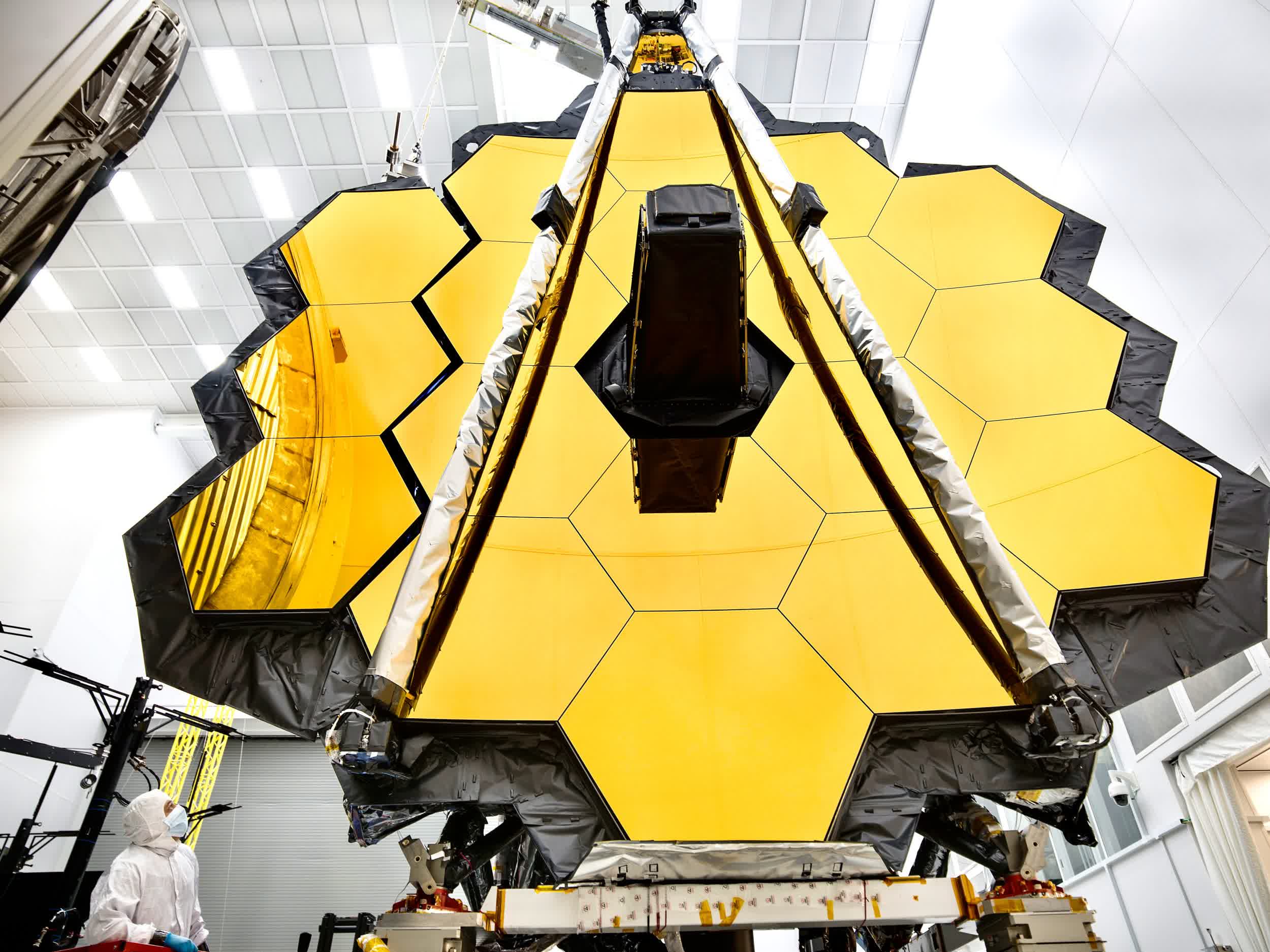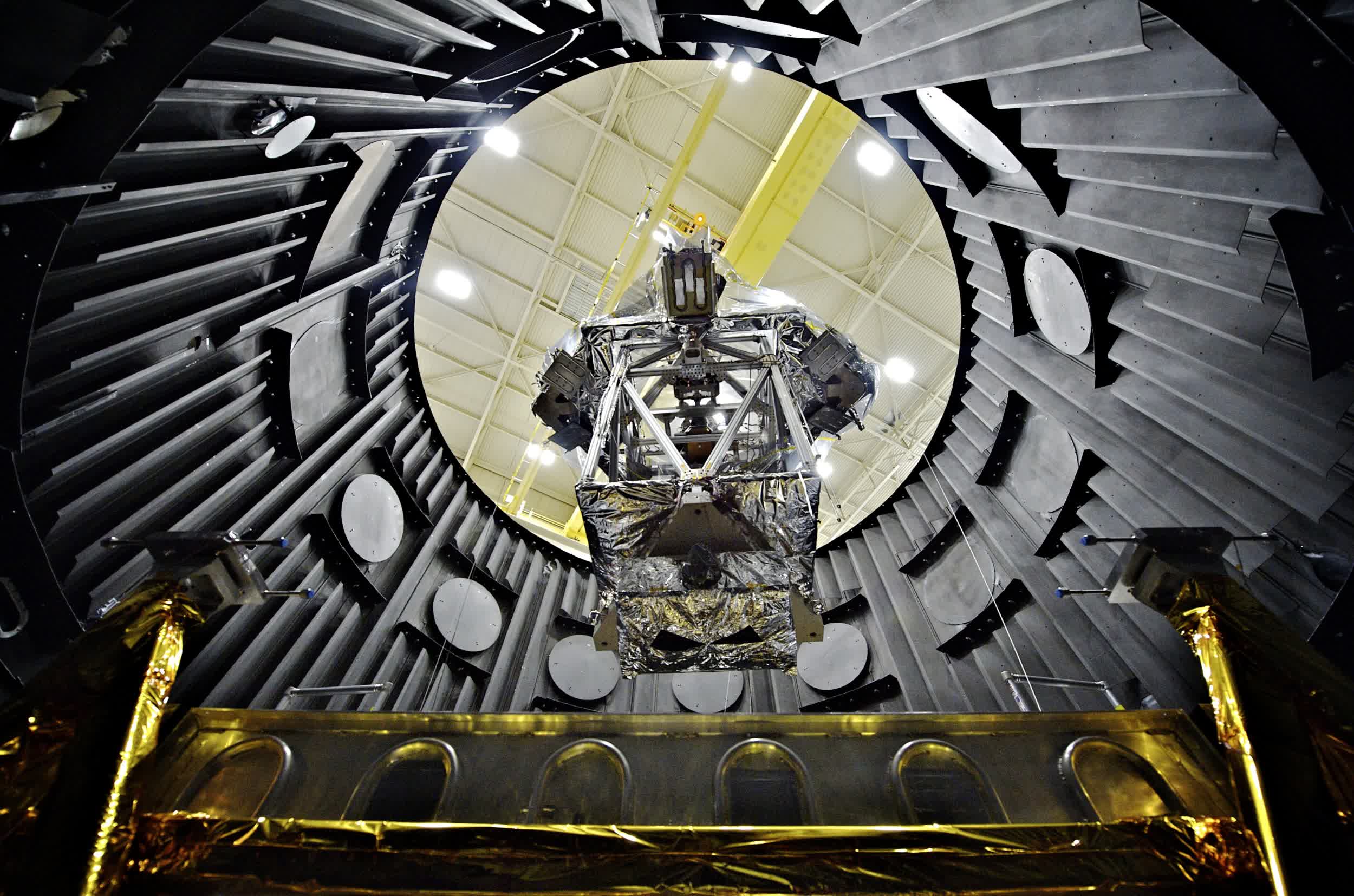Recap: NASA’s most complex space observatory to date is also unfortunately one of the agency’s most hamstrung projects. Work on the successor to the Hubble Space Telescope officially started way back in 1996, some six years after Hubble was launched into low earth orbit. A litany of delays and cost overruns ensued, pushing the project well beyond its initial 2007 launch date and sub-$1 billion budget.

NASA has set a new target launch date of December 18, 2021, for the James Webb Space Telescope after it recently completed final testing late last month. Here’s to hoping the date actually sticks this time.
By the time it launches at the end of the year (assuming that actually happens), nearly $10 billion will have been sunk into the mission.

When it does finally reach its destination in space, the James Webb Space Telescope promises to offer an unprecedented look at the universe that'll help us better understand its origins and our place in it. The infrared telescope features a 6.5-meter primary mirror comprised of 18 separate segments that will unfold once in space.
NASA plans to put the telescope into a halo orbit roughly 930,000 miles from Earth where it'll be able to operate at the extremely low temperatures required by its instruments.
The Webb telescope is currently being stored at Northrop Grumman’s facilities in Redondo Beach, California, but will soon be shipped off to Europe’s Spaceport in French Guiana where it’ll hitch a ride to space via an Ariane 5 rocket.
https://www.techspot.com/news/91155-nasa-sets-new-launch-date-december-18-james.html